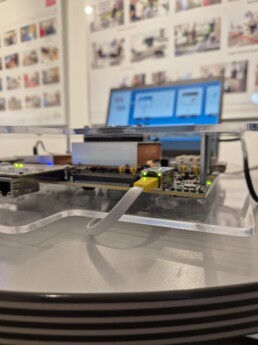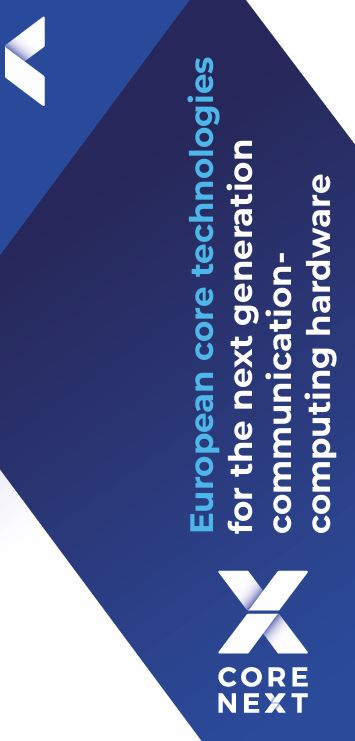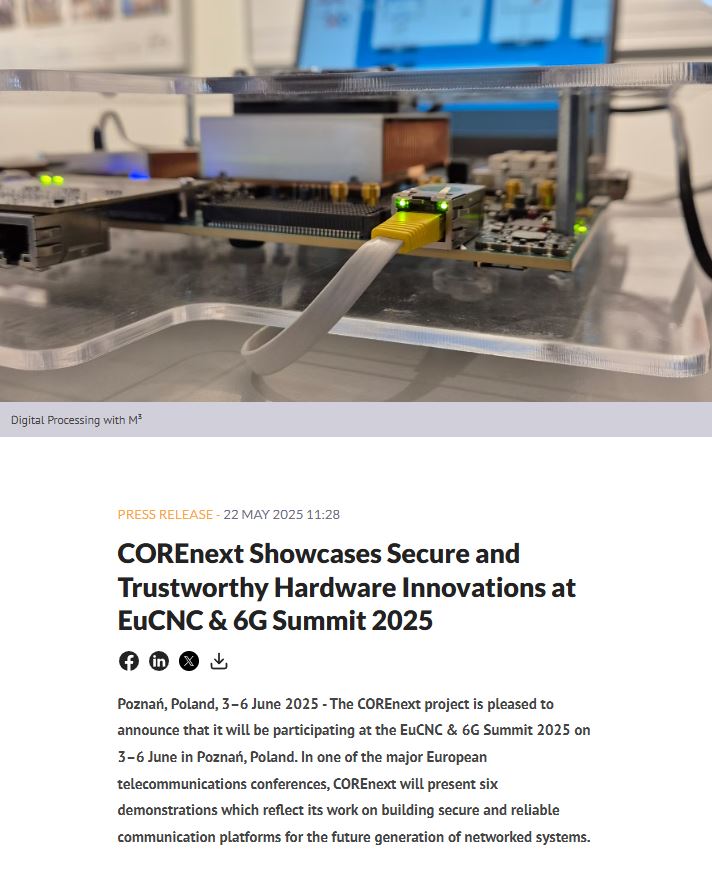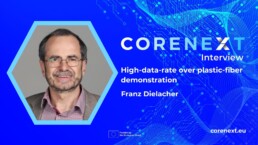Join COREnext at EuCNC & 6G Summit 2025 in Poznań
COREnext will be present at the EuCNC & 6G Summit 2025, held from 3–6 June in Poznań, Poland, to showcase key outcomes of its work towards secure and trustworthy communication platforms for the next generation of networks.

The EuCNC & 6G Summit is one of the most established events for telecommunications in Europe, co-sponsored by the European Commission and IEEE Communications Society, bringing together leading researchers, industry experts, and policymakers to explore advances in 5G evolution and 6G development. More details about the event can be found on the official website: https://www.eucnc.eu/
VISIT US AT BOOTH NO.53

At the COREnext booth, 6 research demonstrations will be presented:
-
Eavesdropper Avoidance
This sub-THz demonstrator shows beam-steering capabilities as a feature to enhance link security. It consists of baseband signal processing and radio transceivers for analogue beam-steering with four front-ends and antennas. A pedagogic interface enables the viewer to visually control and interact with the radio hardware. -
Radio Identification
The Radio Fingerprint demonstrator illustrates how real hardware can be identified by advanced AI. Non-idealities at component level in the transmitter make each radio unique and create opportunities for efficient identification by employing ML models. The audience will experience how the ML can recognize authorized radios, as well as identify unauthorized ones despite using similar chipsets. -
Digital Processing
With M³ we demonstrate a platform for isolating hardware building blocks within a heterogeneous system. The isolation protects the overall system from hardware flaws that could otherwise enable malicious software to compromise the system. -
Secure Acceleration
Digital platforms require hardware acceleration to operate efficiently. The demo shows an FPGA acceleration board that can be securely shared by multiple tenants. A key exchange protocol and cryptographic components enable data processing with sensitive information like health data. - High datarate interconnects over plastic fiber
This demo is based on the concept of high speed data link for communication via PMF in the H-Band, and PMF coupler in package at H-Band.
- TrustEvaluation and IoT Management demo
The demo showcases how the Trust Manager evaluates IoT devices in real time using trust metrics, updating each device’s trust index dynamically. Based on these values and resource availability, the Trust Manager Orchestrator assigns tasks to the most reliable and capable devices, ensuring secure and efficient operation.
DOWNLOAD THE CONFERENCE COREnext TRIFOLD
Each demo is interactive and explained by COREnext experts on site. Attendees will gain insights into how hardware-level innovations can address growing challenges in secure and resilient digital infrastructure.
Want to know more stories from COREnext? Subscribe to our newsletter and follow us on LinkedIn, X, BlueSky, and YouTube to keep up to date!
COREnext Task 6.4: Tackling the Future of High-Speed Data Transmission
In a recent interview, Franz Dielacher shared key insights on the progress of Task 6.4 in the COREnext project, which focuses on addressing the growing demand for high-speed, energy-efficient data transmission, particularly for telecom systems and data centres.
As the volume of data continues to grow, traditional electrical interconnects are reaching their limits due to signal degradation at higher frequencies and the costly processing needed to maintain signal quality. While optical technologies excel over long distances, they remain complex and expensive for short-range use.
To address this challenge, COREnext is exploring polymer waveguides (plastic optical fibres) as a viable solution for short-range communication (up to a few metres). These fibres offer a strong balance of performance, cost-effectiveness, and ease of integration. The project has already demonstrated over 100 Gbit/s in the D-band (130–170 GHz) and achieved 30 Gbit/s in early H-band (200+ GHz) trials, even using cables not yet optimised for that frequency range. With dedicated materials, the team expects to surpass 100 Gbit/s in the H-band as well.
Franz also highlighted progress in antenna integration, including on-chip, on-board, and antenna-in-package coupling methods—crucial for efficient signal transfer. Key performance indicators such as data rate, energy efficiency (pJ/bit/m), cost per Gbit, and robustness show strong results for polymer fibre technology. Looking ahead, COREnext is planning further dissemination in 2025, including workshops at European Microwave Week and collaboration with academic partners such as KU Leuven.
Want to know more stories from COREnext? Subscribe to our newsletter and follow us on LinkedIn, X, BlueSky, and YouTube to keep up to date!




